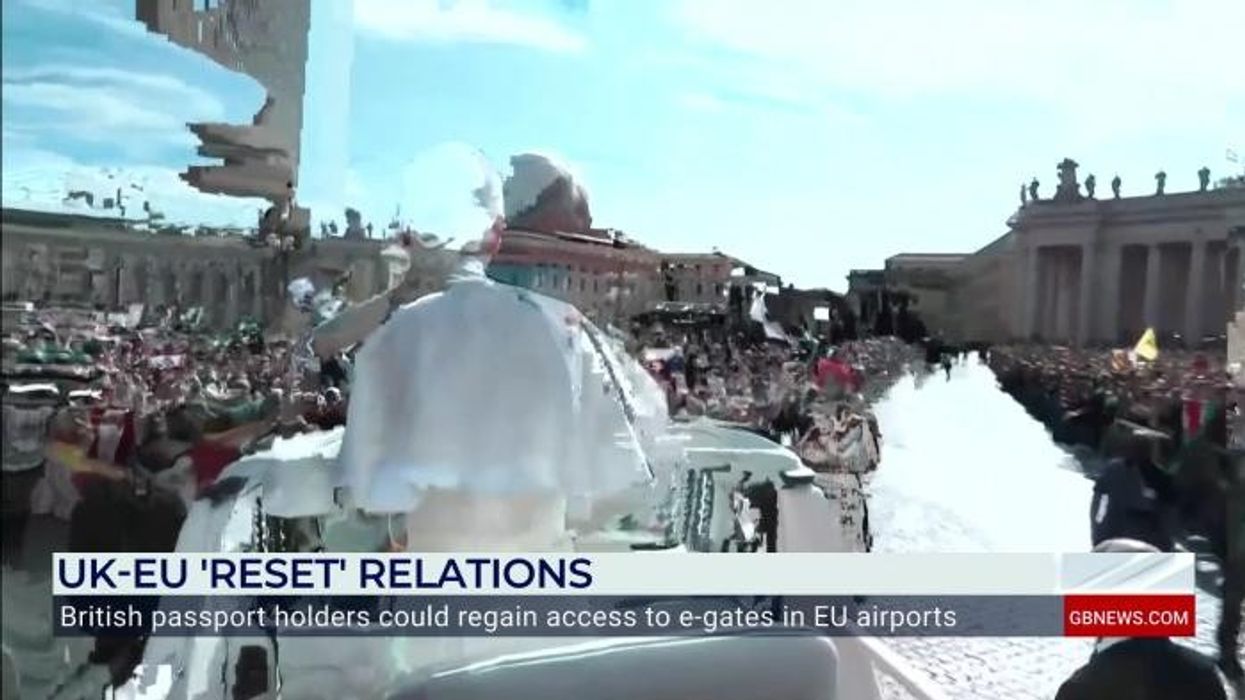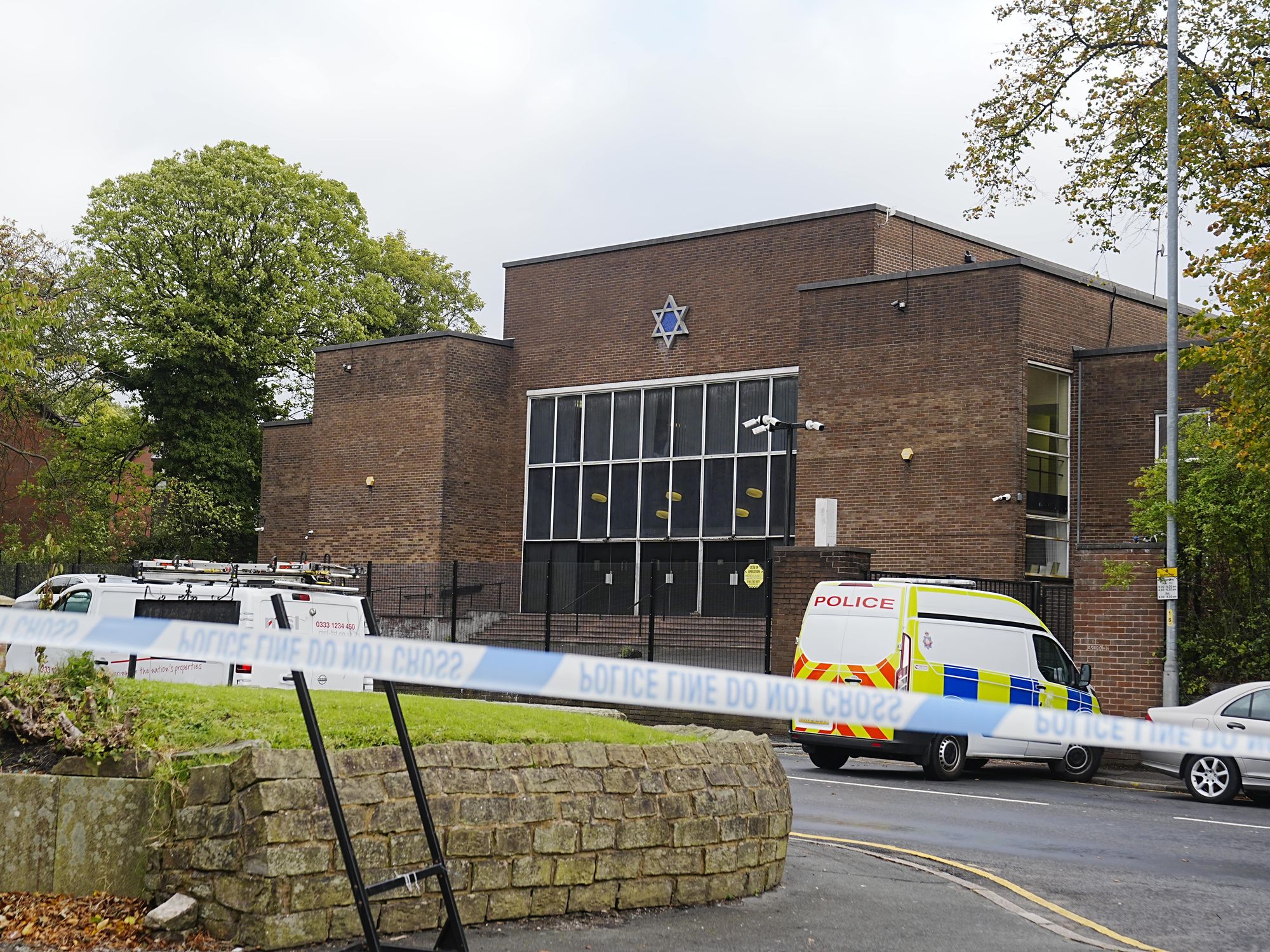Pope Leo gives verdict on James Webb telescope as it 'shows us what Bible can’t'

The Vatican has been working to restore its scientific credibility
Don't Miss
Most Read
Trending on GB News
Pope Leo XIV has declared that the discoveries made since the launch of the James Webb Space Telescope mean it is an "exciting time to be an astronomer".
Speaking to young astronomers at a summer school hosted by the Vatican Observatory near Rome, the pontiff praised the telescope as a "truly remarkable instrument" that reveals the universe's ancient mysteries.
The Pope noted that the telescope enables scientists to examine exoplanet atmospheres where life might exist and observe nebulae where new planetary systems take shape.
The £7.5billion space telescope, launched on Christmas Day 2021, has detected galaxies formed over 13.5 billion years ago and identified potential signs of extraterrestrial life in distant planetary atmospheres.
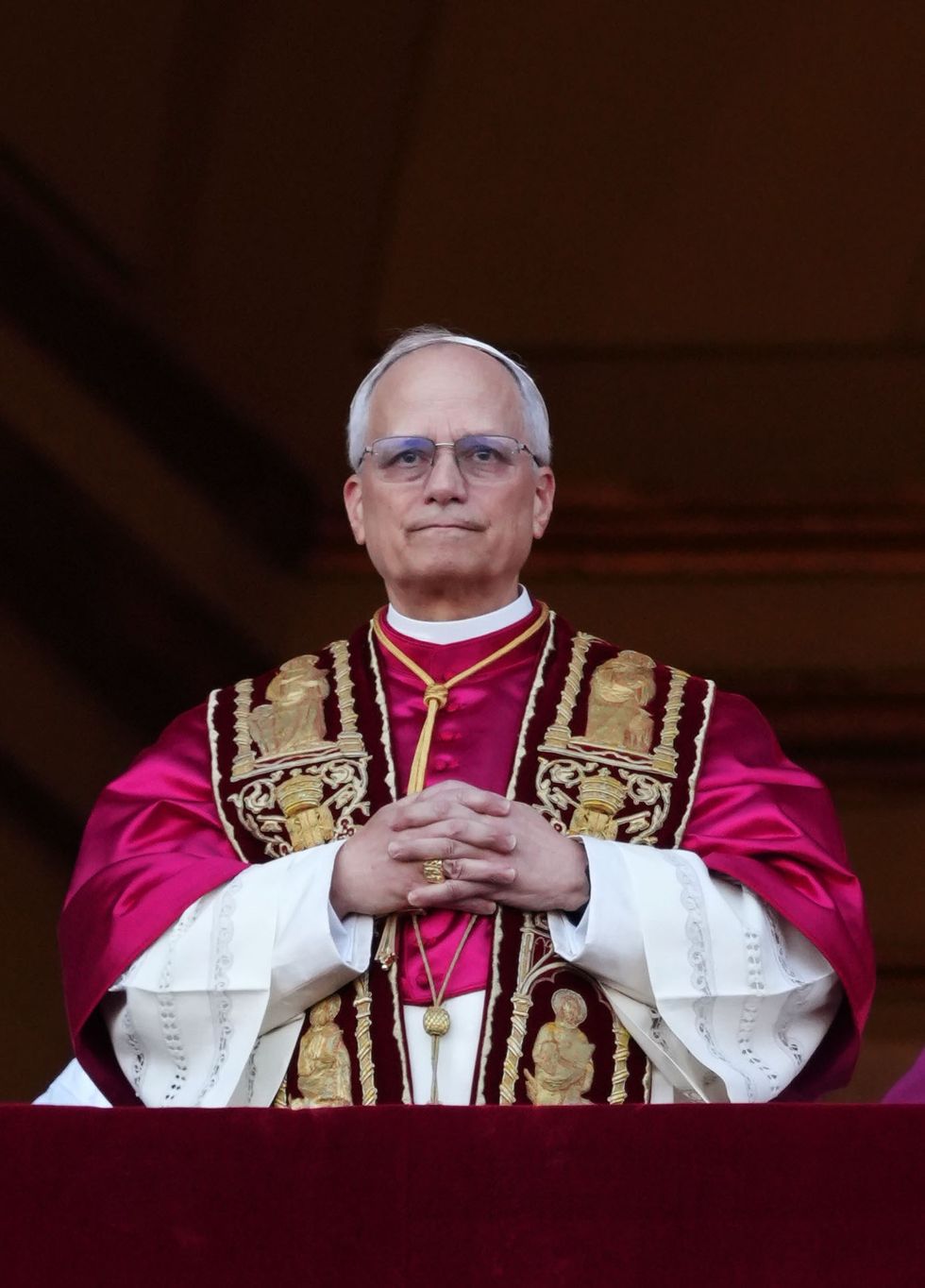 Pope Leo gives verdict on James Webb telescope as it 'shows us what Bible can’t' |
Pope Leo gives verdict on James Webb telescope as it 'shows us what Bible can’t' | GETTY
It is the largest, most powerful and most complex telescope ever launched into space and orbits the sun at a fixed distance of a million miles from Earth.
The Pope told the gathering that scientists using the telescope are seeing the "seeds God has sown in the universe", adding that its images of ancient galaxies fill people with a sense of "mysterious joy".
He reflected on how: "the authors of sacred scriptures, writing so many centuries ago, did not have the benefit of this privilege. Yet their poetic and religious imagination pondered what the moment of creation must have been like."
Quoting from the Book of Baruch, the Leo said: "The stars shone in their watches and rejoiced; and their Creator called them and they said, 'Here we are!', shining with gladness for him who made them."
LATEST DEVELOPMENTS:
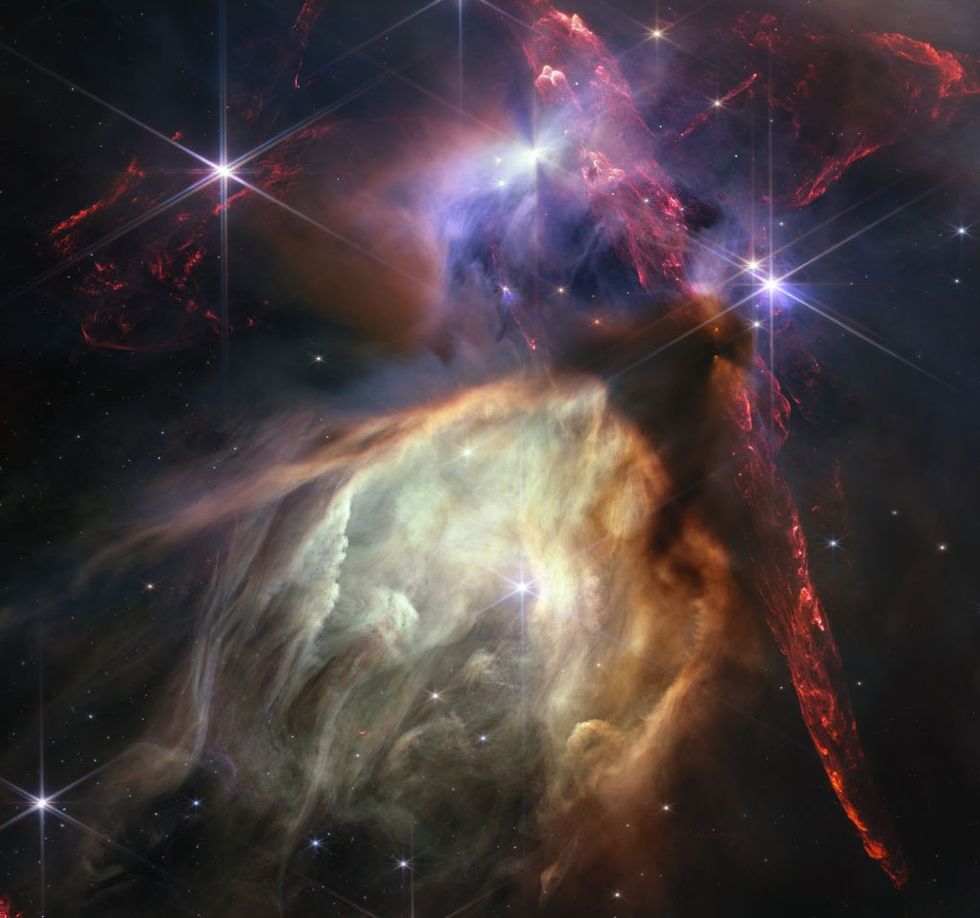
NASA's James Webb Space Telescope reveals the Rho Ophiuchi cloud complex, the closest star-forming region to Earth
|GETTY
He asked: "In our own day, do not the James Webb images also fill us with wonder, and indeed a mysterious joy, as we contemplate their sublime beauty?"
The Vatican has been working to restore its scientific credibility following its persecution of Galileo Galilei in the 17th century, when he was placed under house arrest for supporting the view that Earth orbits the sun.
Brother Guy Consolmagno, director of the Vatican Observatory and a renowned meteorite expert, emphasised that the Catholic Church was a leading astronomical authority for centuries before the Galileo controversy.
He noted that Vatican astronomers created the modern Gregorian calendar, correcting errors in the Roman Julian calendar, and that much medieval European scientific research occurred at Catholic universities.
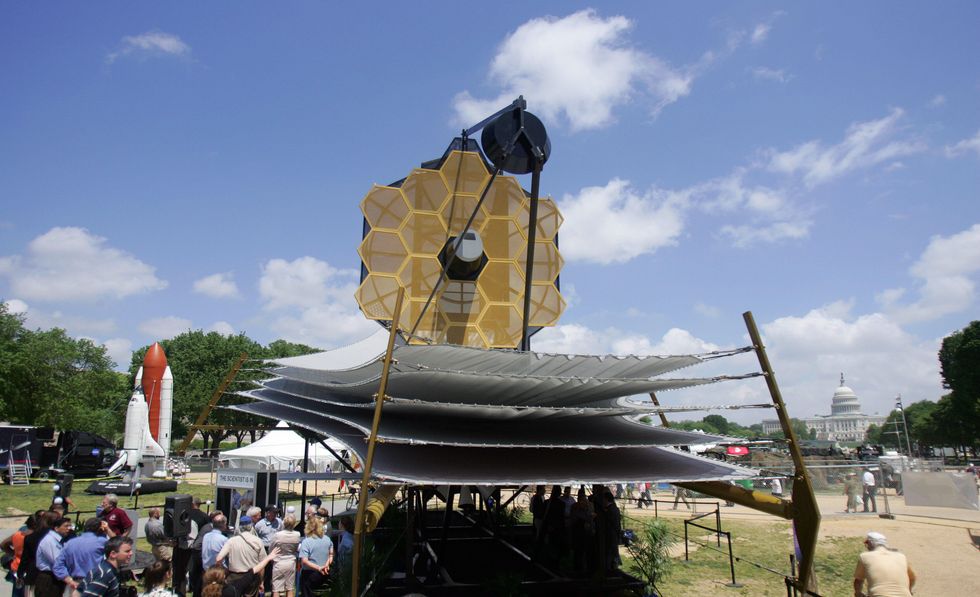
A full-scale model of the James Webb Space Telescope sits on the National Mall outside the Smithsonian Air and Space Museum
|GETTY
Consolmagno met the Pope at the observatory this week, describing their interaction as "delightful but brief" and expressing satisfaction that the pontiff had granted the students a private audience.
Webb studies every phase in the history of our Universe, ranging from the first luminous glows after the Big Bang, to the formation of solar systems capable of supporting life on planets like Earth, to the evolution of our own Solar System, according to NASA.
It has improved astronomical understanding of our universe with the most detailed images of galaxies formed billions of years ago.


